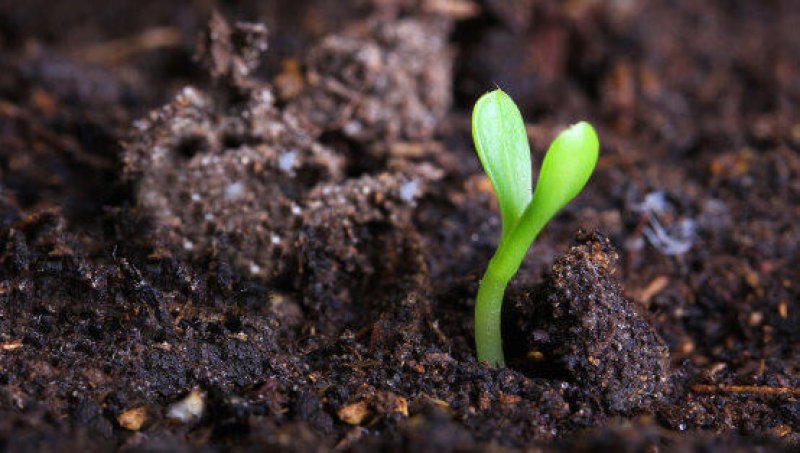New research shows how a new kind of genetically engineered pesticide moves through and degrades in the soil. This new generation of pesticides can control pest insects by compromising the bug’s ability to create essential proteins. These gene-silencing pesticides can be genetically engineered into agricultural crops such that these crops can literally grow their own defense.
Even though the pesticide exists inside the plant, the questions about its degradation are similar to conventional pesticides applied to the outsides of the crops: Does it break down? If so, under what conditions? In the soil? In lakes and rivers? What is the ecological risk?
Kimberly Parker, assistant professor of energy, environmental, and chemical engineering at the McKelvey School of Engineering at Washington University in St. Louis, and a team of collaborators devised a method to track this new pesticide in soils and to begin to understand what processes affect its lifespan.
…
They found that the enzymes in soil can break down the pesticide. In addition, the microbes in soil “eat” the pesticide as well as the fragments that enzyme reactions leave behind.
However, in some soils, another process occurred: the pesticide attaches to the soil particles, like minerals and organic detritus. “In agricultural soil,” Parker says, “there is adsorption”—when molecules adhere to a surface. “The pesticide sticks to the soil particle,” she says.
Read full, original article: DO G.E. PESTICIDES HANG OUT IN THE SOIL?































